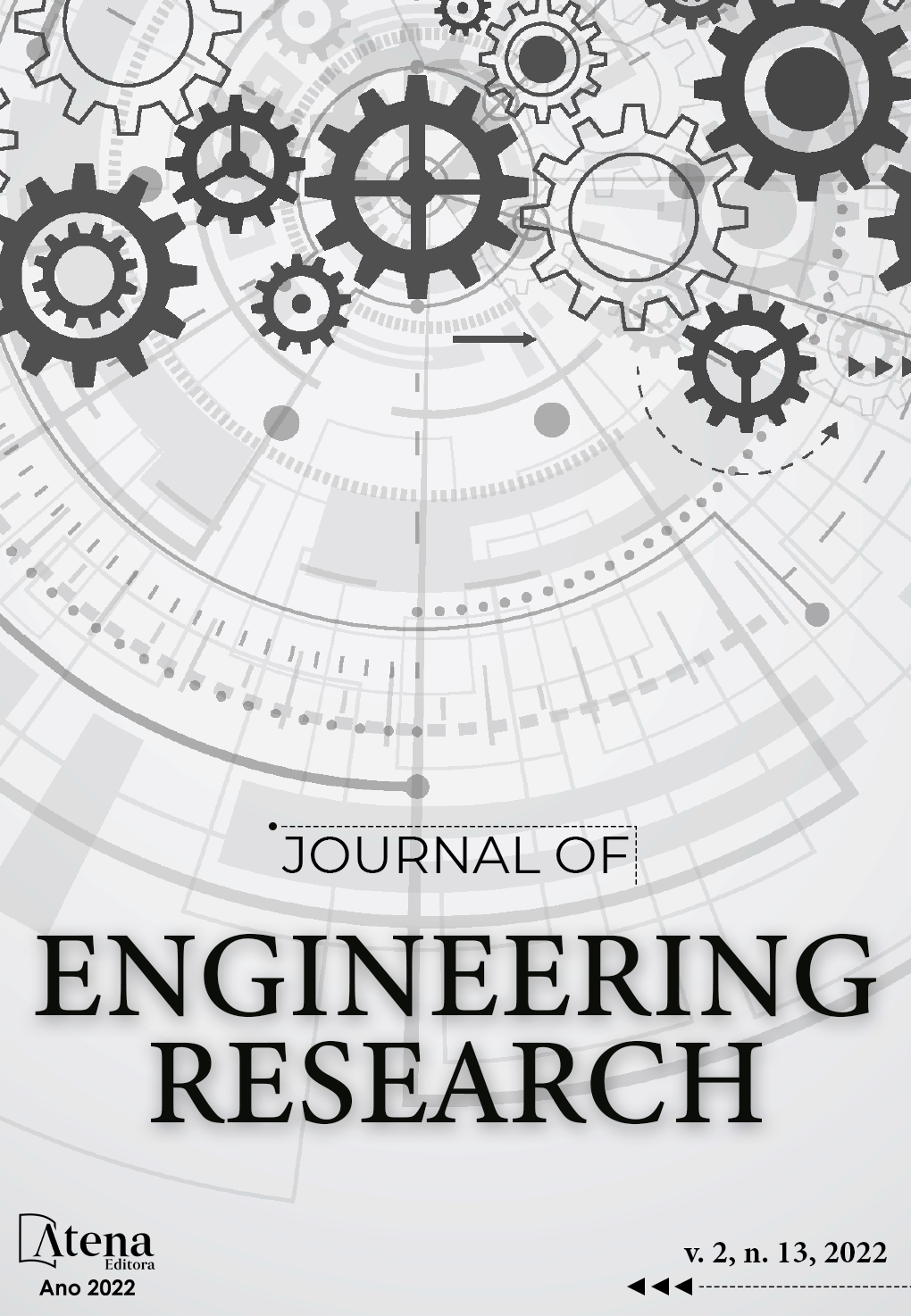
Sustainable actions for the disposal of waste wood in the construction site: building cleaner production to improve processes
Waste from the Civil Construction Industry (ICC) constitutes more than 50% of the mass of solid urban waste; however, it had not been placed as an industry with sustainability problems until the mid-1990s. Civil construction needs to implement the concept of sustainable development as a way to reduce environmental consumption in the processes of its production chain, as the different construction sectors are not yet familiar with the amount of waste they produce. In the light of environmental issues integrated by the Cleaner Production (P + L) strategy, the article aims to propose sustainable actions in the destination of wood residues generated in the manufacture of forms for reinforced concrete structures. The bibliographic research was outlined by qualitative and quantitative approaches with the application of two field surveys. In field survey A, it was verified the destination of the pine wood box waste generated at the construction site and, in field survey B, it was determined the average monthly consumption of the same wood used in the manufacture of forms for structures of reinforced concrete. The analysis of the results made it possible to share information dealing with environmental aspects regarding the generation of residues and the consumption of natural resources in civil construction.
Sustainable actions for the disposal of waste wood in the construction site: building cleaner production to improve processes
-
DOI: 10.22533/at.ed.3172132204078
-
Palavras-chave: Civil construction. Sustainability. Cleaner production. Wood.
-
Keywords: Civil construction. Sustainability. Cleaner production. Wood.
-
Abstract:
Waste from the Civil Construction Industry (ICC) constitutes more than 50% of the mass of solid urban waste; however, it had not been placed as an industry with sustainability problems until the mid-1990s. Civil construction needs to implement the concept of sustainable development as a way to reduce environmental consumption in the processes of its production chain, as the different construction sectors are not yet familiar with the amount of waste they produce. In the light of environmental issues integrated by the Cleaner Production (P + L) strategy, the article aims to propose sustainable actions in the destination of wood residues generated in the manufacture of forms for reinforced concrete structures. The bibliographic research was outlined by qualitative and quantitative approaches with the application of two field surveys. In field survey A, it was verified the destination of the pine wood box waste generated at the construction site and, in field survey B, it was determined the average monthly consumption of the same wood used in the manufacture of forms for structures of reinforced concrete. The analysis of the results made it possible to share information dealing with environmental aspects regarding the generation of residues and the consumption of natural resources in civil construction.s until the mid-1990s. Civil construction needs to implement the concept of sustainable development as a way to reduce environmental consumption in the processes of its production chain, as the different construction sectors are not yet familiar with the amount of waste they produce. In the light of environmental issues integrated by the Cleaner Production (P + L) strategy, the article aims to propose sustainable actions in the destination of wood residues generated in the manufacture of forms for reinforced concrete structures. The bibliographic research was outlined by qualitative and quantitative approaches with the application of two field surveys. In field survey A, it was verified the destination of the pine wood box waste generated at the construction site and, in field survey B, it was determined the average monthly consumption of the same wood used in the manufacture of forms for structures of reinforced concrete. The analysis of the results made it possible to share information dealing with environmental aspects regarding the generation of residues and the consumption of natural resources in civil construction.
-
Número de páginas: 15
- Elias Riffel


